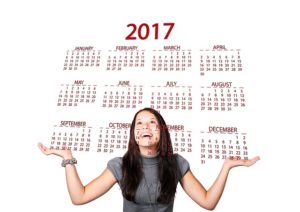
At the time of writing this post, I just finished reviewing an Event Recap Report Template with a wine industry client. We like to send Recap Report Templates in advance of actually conducting analysis so that our clients get a chance to review the reporting plan and offer feedback. This recap report was different from our usual recaps in that it’s almost entirely field staff data analysis and no survey data. That being said, I thought of a couple of analysis ideas that may prove helpful with other event marketing campaigns.
The first analysis idea has to do with activation hours.
We often analyze field staff metrics by activation hour, such as engagements per hour, samples distributed per hour, etc. It’s a standardized method of comparing field staff metrics because it identifies when and/or where field staff are most productive.
However, I never thought of comparing field staff metrics by the length of activation time itself. For instance, what kind of productivity or on-site sales did field staff generate at two-hour events compared to four-hour events? The length of activation may very well be a factor in how many consumer teams engage. Shorter activations may encourage field staff to work harder to hit an interactions quota and that improves performance, or they may feel too rushed and on-site sales suffer since they didn’t have enough time to provide adequate product information. Comparing field staff data by the length of activation allows you to consider these potential insights.
Of course, this analysis only works if there’s a significant variation in the length of activation. Campaigns with 95% of activations lasting three hours won’t yield much insight. In that case, I recommend sticking with comparing averages per hour.
The second idea that came up is to pinpoint an ideal day or time to activate.
We typically analyze field staff metrics by various times of day (Read: Time is a Factor in Event Marketing) and days of the week. What’s stopping us from narrowing the analysis to specific days at specific times?
A couple things have to be true in order to take this deep of a dive in field staff data.
1. Sufficient number of activations to compare to one another and see variation. The campaign has to be large scale, probably 400 events at a minimum. Otherwise, you get into the high margin-of-error territory.
2. It has to make sense from a campaign perspective. If you’re measuring an on-premise spirits program, most activations will occur in the evenings and on weekends. However, off-premise spirits may offer more variety of days and times to choose from.
Finding certain days and times when productivity and/or sales are highest is insightful and actionable for a client when planning routing the following year. And that’s a win for everyone.
